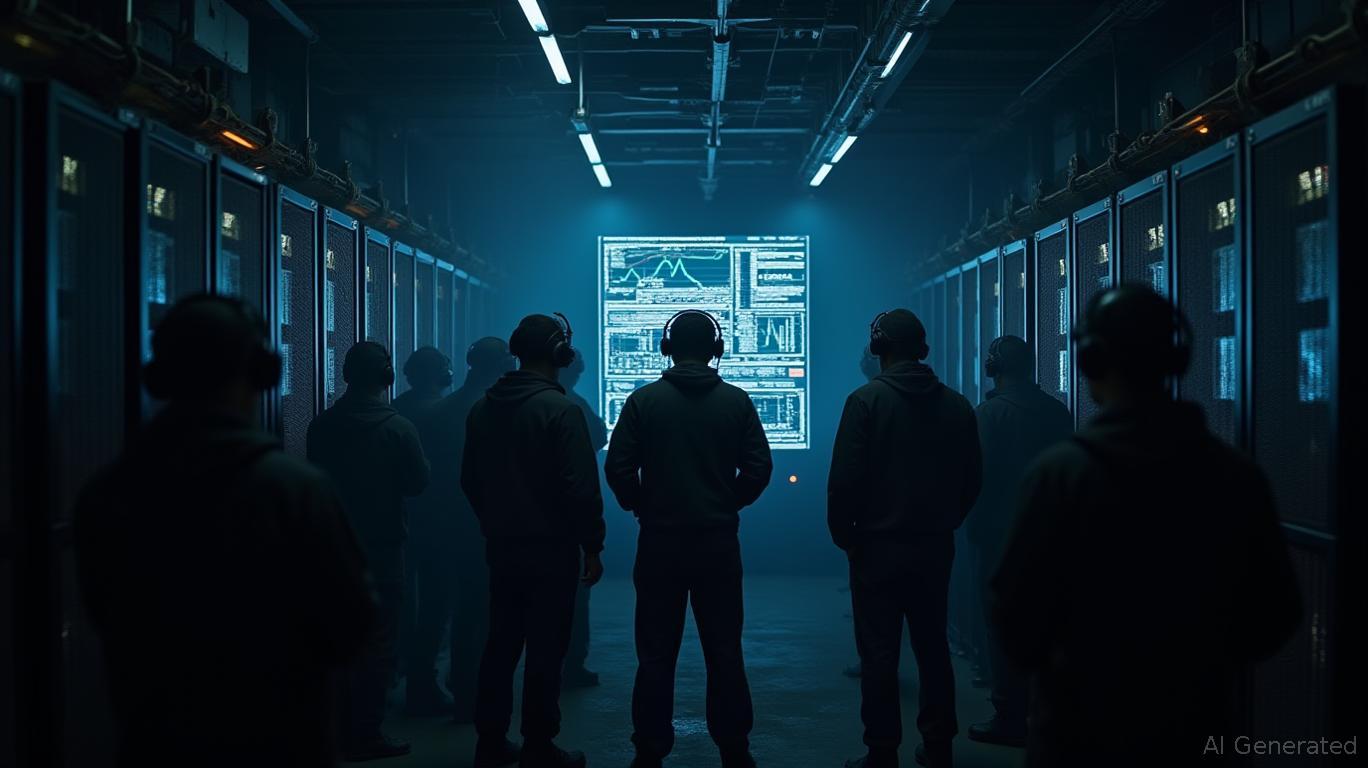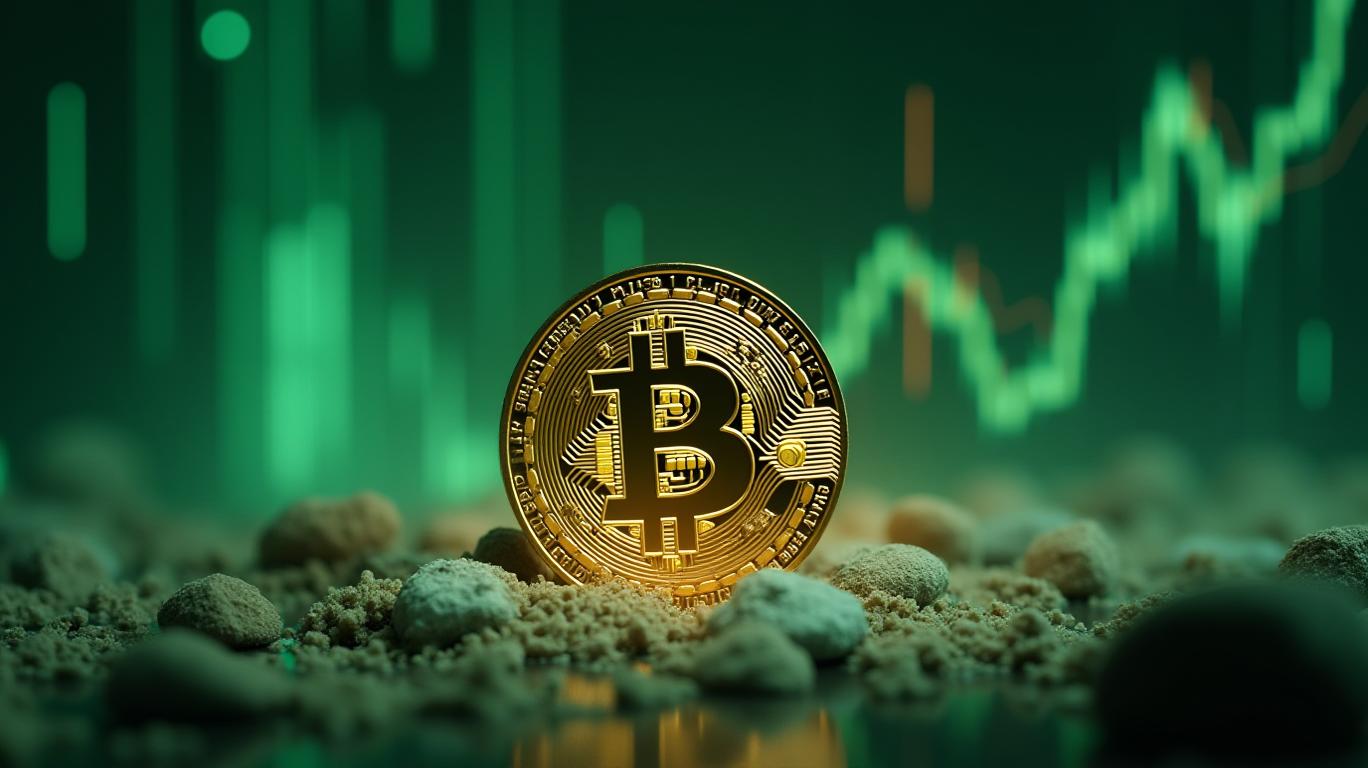Bitcoin Mining Costs Surge 47% in Q4 2024, Reaching $82,162
The average cost to mine one Bitcoin (BTC) surged in the fourth quarter of 2024, reaching $82,162 among publicly listed miners. This represents a 47% increase from the previous quarter, according to a recent industry report. The report highlighted that the rise in costs was driven by accelerated hardware deployment, tax expenses, and growing non-cash charges related to depreciation and stock-based compensation.
Excluding Hut 8, which incurred a significant tax-related expense due to unrealized gains, the average cash cost stood at $75,767. When including non-cash expenses, the average total production cost rose to $137,018 per Bitcoin. The higher input costs were attributed to faster hardware turnover and increased competition, exacerbated by fluctuating market prices and compressed valuation multiples across the sector.
Hut 8 reported the highest unit cost in the dataset due to a $93 million deferred tax liability and elevated interest expenses from convertible notes and credit facilities. As a result, its total per-Bitcoin cost exceeded $281,000 for the quarter. The company pledged 968 BTC to secure financing for 30,000 Antminer S21+ ASICs, aiming to expand its self-mining hash rate to 25.1 exahashes per second (EH/s) with a projected fleet efficiency of 16 joules per terahash (J/TH).
Across the sector, depreciation remains one of the most impactful expenses. Unlike traditional industries, where equipment depreciates due to physical use, ASICs depreciate because they become obsolete due to rapid technological advancements. Miners must upgrade their machines frequently to maintain competitiveness, which accelerates non-cash write-downs and compresses margins.
Despite the sector-wide inflation in mining costs, a small number of firms managed to reduce their per-Bitcoin costs in the fourth quarter. CleanSpark cut all-in costs by 13% and cash costs by 15%, supported by a 56% increase in deployed hash rate, higher operational uptime (98%), and fleet efficiency improvements to 18 J/TH. Additionally, operating expenses such as SG&A and stock-based compensation declined. Iren cut electricity costs at its Childress facility by switching to spot pricing, which reduced per-Bitcoin electricity costs by 39% to $21,400. The company increased its operating hash rate from 12.2 to 22.6 EH/s in the fourth quarter and reported an average fleet efficiency of 15 J/TH. Cormint reduced total mining costs by 44% quarter over quarter, aided by a drop in power prices to 1.8¢/kWh.
Data shows electricity remains the largest component of direct mining costs. However, non-cash items, such as depreciation and amortization, contribute significantly to overall cost structures. Companies such as MARA Holdings, Cipher Mining, and Riot Platforms report relatively balanced cost profiles, but rising input costs across the board have narrowed profitability margins. Charts indicate that most miners were still able to operate profitably in the fourth quarter, as the average Bitcoin price remained near $82,000.
However, forecasts for the second quarter suggest headwinds ahead. Tariff increases on imported rigs from China and Malaysia range from 24% to 54%, which may raise future breakeven costs for miners reliant on foreign-sourced equipment. The data also shows that valuation multiples for miners are compressing, reflecting investor expectations of a zero-sum dynamic in hash rate competition. In response, some miners are reallocating capital into data center infrastructure and high-performance computing (HPC) to diversify revenue streams beyond block rewards and transaction fees.
The industry continues to improve hardware efficiency, with new ASIC models averaging 20 watts per terahash (W/TH), a fivefold improvement since 2018. This has kept total network energy use stable, even as the hash rate surged to 900 EH/s by the end of the year. The network is now projected to cross the one zetahash per second (ZH/s) threshold by mid-2025.











